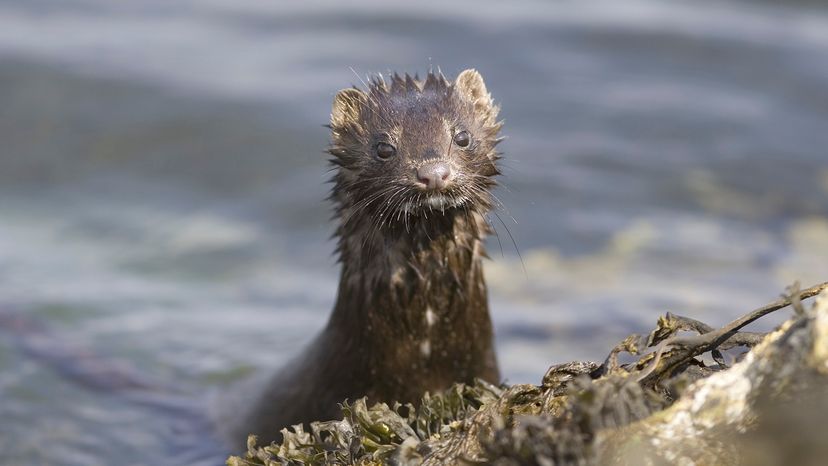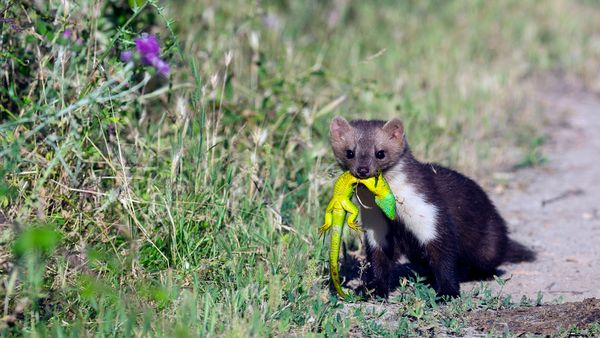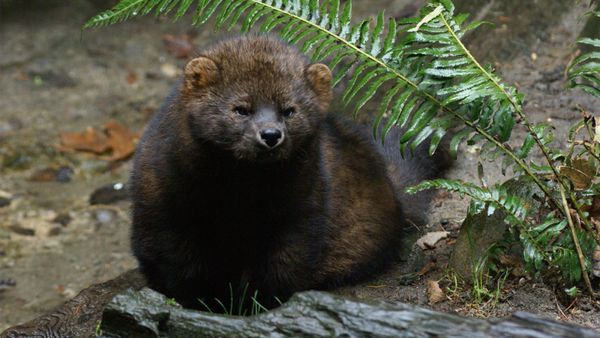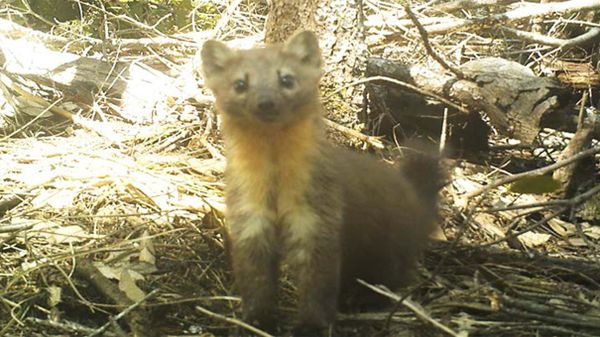
It's possible you've heard of a mink, and it's also possible that the thing that pops into your head when you hear that word is Marilyn Monroe in a fur coat. But of course a natural fur coat is made of animal skins; in the parlance of our times, a "mink" is a coat — an astronomically expensive one — made of the pelts of a type of weasel called a mink, which is raised in captivity for the purpose of providing rich people with cozy outerwear.
But what makes mink fur such a desirable material for glamorous bolero jackets — and why we've been trapping and wearing mink since at least the 11th century — is also what helps a mink survive in the wild. Two species of mink exist on planet Earth today — one other, the sea mink (Neovision macrodon), is now extinct due to a couple of centuries of persecution by fur trappers. Both surviving species have thick, soft, water-repellant fur (as did the extinct mink).
Advertisement
Both the American mink (Neovison vison) and the critically endangered European mink (Mustela lutreola) are semi-aquatic, sticking close to waterways — streams, rivers, wetlands, lakes, etc. — where they can find all the foods they like to eat best: frogs, birds, clams, eggs, aquatic insects and small mammals like rabbits and mice. They love slinking around rocky riverbanks in the early morning and evening and, during the heat of the day, repairing to their luxurious multi-chambered burrows lined with grass, fur and feathers. They're extremely tricky to trap because they're smart and suspicious, but we humans are, if nothing else, great at devising ingenious ways of killing stuff, so we've managed to put mink in a precarious existential position.
The American mink is doing pretty well in the wild: They can be found in parts of every state in the U.S. except Arizona, and aren't uncommon throughout their natural range. In fact, they are also not uncommon in other places in the world, including the traditional range of the European mink, which is native to Europe and Eurasia.
Advertisement


